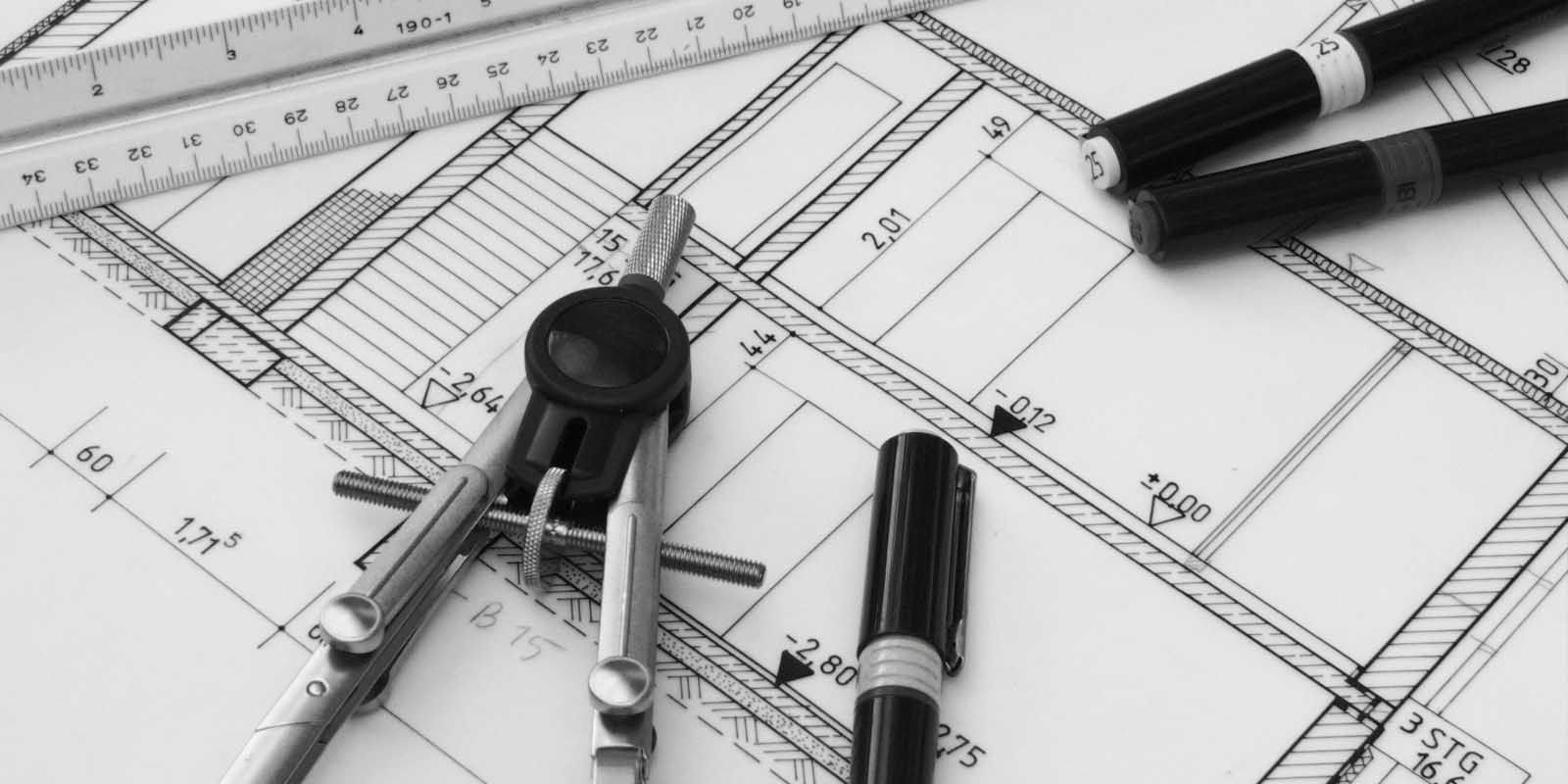Creative freedom and feel good architecture thanks to underfloor heating
Just as Frank Lloyd Wright, the creator of such great buildings as "Fallingwater" or the "Guggenheim Museum" in New York, many other architects like Phillip Johnson, Frank Lautner, Richard Neutra and Frank Gehry preferred underfloor heatings in their outstanding masterpieces.
But It was not only about the positive effect of the underfloor heating in itself but also to the enormous creative freedom that was allowed by the renunciation of radiators. One can hardly imagine how Mies van der Rohe´s "Farnsworth House" would look like if he had to install radiators.
On the market there are countless radiators and heaters. Large, small, flat ... a huge number of variations and designs. But effectively that is a result of an eternal "love-hate" between architects and the necessity of having to heat the rooms. Because nobody really likes to consider a radiator as a "design element" - but it was not alwys possible to avoid them, because 40 or 50 years ago underfloor heating was simply not mature enough to be economically competitive.
But that has now changed. Modern underfloor heating systems can be controlled much more accurately and better and are therefore now even more effective and more energy efficient than heating with traditional radiators.
But when it comes to the architectural freedom, especially electric underfloor heating comes with a special meaning. Because they are extremely thin and especially also extremely flexible. They can follow easily any kind of floor, into the smallest niche and even up- and downstairs. Moreover, almost all the electric heating cables and mats can also be installed in walls or ceilings. This also means new liberties in conjunction with glass, for example.
Hemstedt has spezialized over 40 years ago in the development of electric underfloor heating systems. And in addition to numerous innovative solutions Hemstedt also offers complete concepts such as the virtually autonomous "Climate Positive" home. Besides, many suggestions came directly from the customers and architects, and therein lies the strength of Hemstedt, namely to develop solutions for individual requirements. Hemstedt here sees itself not just as a supplier but as a partner when it comes to new ways of doing things.
And just in the field of architecture breaking new grounds again and again belongs to daily life. This means, architects need constructive ideas and solutions, not compromises. Because compromises would certainly never create a "Fallingwater Residence" or a "Guggenheim Museum"!

